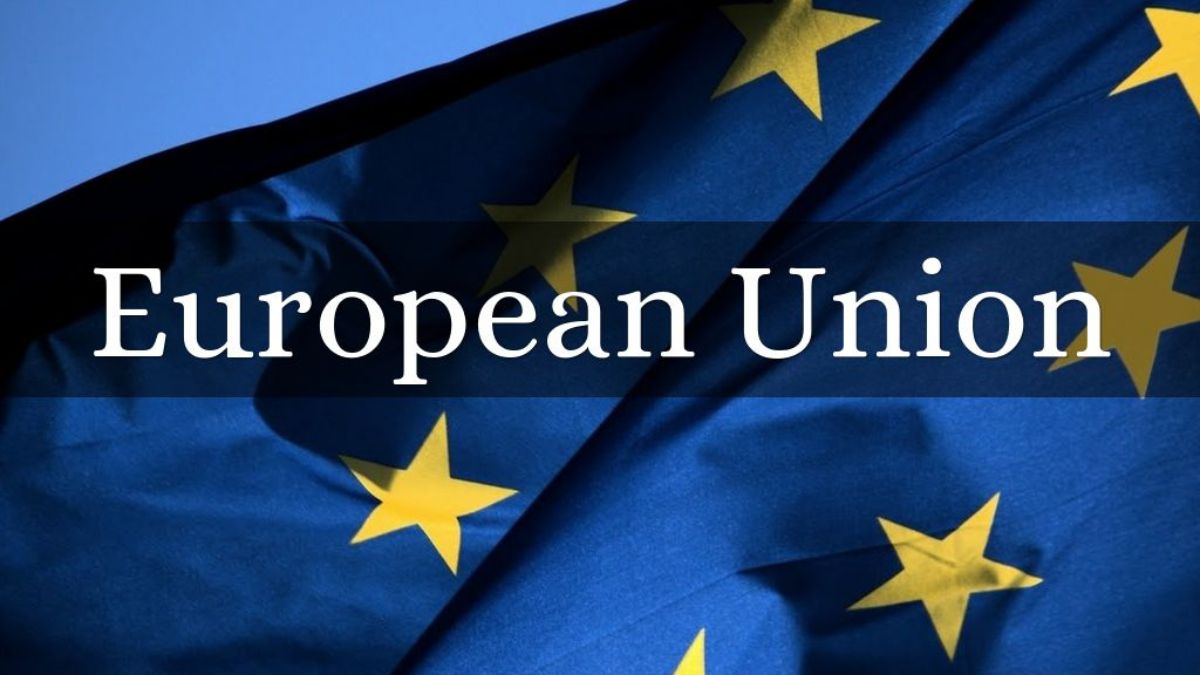The European Union (EU) is one of the world’s most influential political and economic alliances. In 2025, the EU is not only adapting to modern challenges such as digital transformation, climate policy, and geopolitical uncertainty but also expanding its global role. This guide offers a complete breakdown of its structure, history, membership, and latest updates.
What is the European Union?
The European Union is a political and economic union of 27 European countries. It was established to foster integration and ensure peace, stability, and shared prosperity in the region.
Read More: New European Union Rules May End Visa-Free Entry for Some
Historical Background
| Timeline | Milestone |
|---|---|
| 1951 | European Coal and Steel Community (ECSC) formed |
| 1957 | Treaty of Rome established EEC and Euratom |
| 1993 | European Union officially formed via Maastricht Treaty |
| 2002 | Euro introduced as a common currency |
| 2004–2013 | 13 countries joined in major enlargement waves |
| 2020 | UK exited the EU (Brexit) |
| 2023–2025 | Accession talks resumed with Ukraine, Moldova, others |
EU Structure and Institutions
| Institution | Role |
|---|---|
| European Commission | Executive branch, proposes and enforces legislation |
| European Parliament | Directly elected legislative body |
| Council of the EU | Ministers from each country coordinate policies |
| European Council | Heads of state set overall policy direction |
| Court of Justice | Ensures uniform interpretation of EU laws |
| European Central Bank | Manages the euro and monetary policy |
EU Member States (2025)
The European Union currently consists of 27 member countries. These include:
Austria, Belgium, Bulgaria, Croatia, Cyprus, Czech Republic, Denmark, Estonia, Finland, France, Germany, Greece, Hungary, Ireland, Italy, Latvia, Lithuania, Luxembourg, Malta, Netherlands, Poland, Portugal, Romania, Slovakia, Slovenia, Spain, Sweden.
Candidate and Potential Candidate Countries
| Status | Countries |
|---|---|
| Candidate Countries | Albania, Montenegro, Serbia, North Macedonia, Ukraine, Moldova, Georgia, Turkey, Bosnia & Herzegovina |
| Potential Candidates | Kosovo, Armenia (preliminary stages) |
Key Developments in 2025
| Area | Update |
|---|---|
| Commission | Ursula von der Leyen leading the second Commission term |
| Digital Policy | AI Act, Digital Markets Act (DMA), and Digital Services Act (DSA) fully enforced |
| Defence | €800 billion “Readiness 2030” initiative launched |
| Trade | Trade tensions with U.S., EU proposing WTO alternative |
| Expansion | Ukraine, Moldova advancing in accession talks; Georgia, Albania and others progressing |
Read More: Another European Nation Joins Move to Recognize Palestine
Challenges Facing the EU in 2025
- Internal cohesion – Disagreements among members (e.g., Hungary, Slovakia)
- Enlargement fatigue – Public skepticism in older member states
- Climate pressures – Extreme heatwaves, pollution, and forest management
- Geopolitical tensions – Russia’s aggression, China’s influence, unstable U.S. trade terms
- Economic reform – Balancing debt, inflation, and digital competitiveness
Summary Table
| Component | Description |
|---|---|
| Structure | 7 main institutions led by the European Commission |
| Members | 27 countries in 2025 |
| Expansion | Active talks with 10+ countries |
| Major Focus Areas | Digital regulation, defence, green deal, trade reforms |
| Global Impact | Trade bloc, peacekeeping, environmental leadership |
Conclusion
In 2025, the European Union remains a powerful force in global politics and economics. With evolving priorities in security, digitalization, and enlargement, it continues to shape the future of Europe and beyond. From defending its digital values to supporting new member countries, the EU is actively redefining its role on the global stage. Keep visiting: Bloom Pakistan
Read More: Small European Nation Relaxes Work Visa Rules For Foreign Workers









